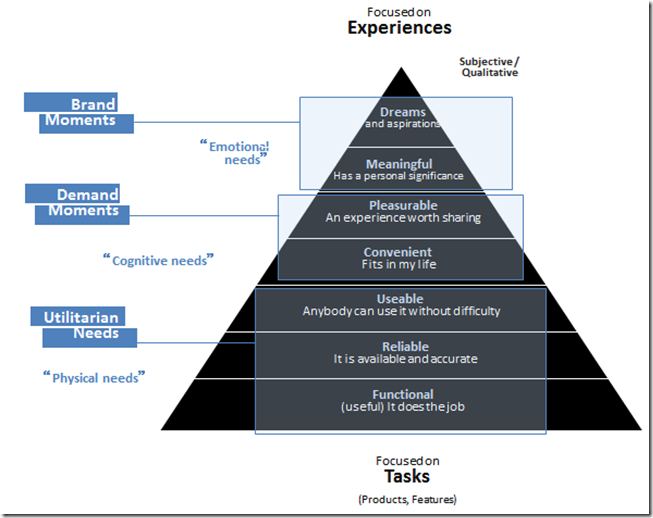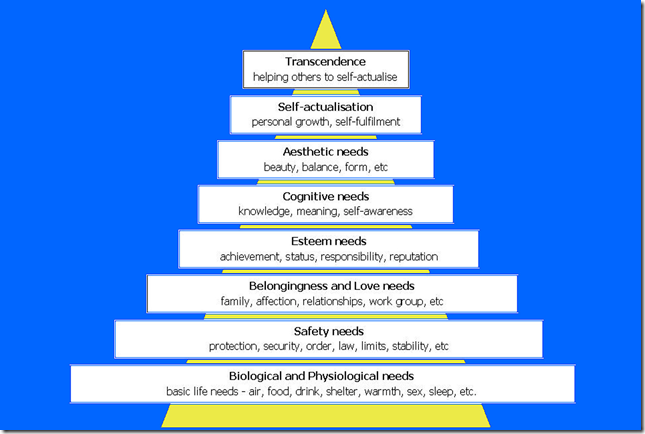My good friend and colleague Orin Davis, Phd is covering the World Innovation Forum 2013 and I’m pleased to post his reporting here. Dr. Davis has the unique perspective of a bona fide psychology and innovation researcher, see his website here for more on his interesting work. Orin has worked directly with the famous Mihaly Csikszentmihalyi, author of “Flow” — suffice to say he not only knows Mihaly, he can pronounce his name properly!
Here he comments on PepsiCo’s Mauro Porcini’s talk at WIF. Stay tuned to this blog for more posts on WIF 2013.
****
PepsiCo’s Mauro Porcini packed a lot of great information into a one-hour talk, but one of his key points was that design-driven innovation requires a focus on people and their experiences. Ironically, as Porcini pointed out, it is important to listen to customers, but it is even more important to go beyond what they are saying into what they really want to have and to experience. Whenever people use a product, they are integrated into the story around that product and having an experience that is both informed by the product’s story and contributing to the consumer’s personal story. Granted, the exact way in which both the product’s and consumer’s stories are integrated and affected are subject to interpretation, but that is exactly the kind of potential that a brand-designer must consider.
Perhaps one of the fundamental descriptions of the needs and wants of any person/consumer come from Abraham Maslow’s Hierarchy of Needs. It is usually described as a pyramid in which more complex needs are built upon a foundation of basic needs, like so:
(Note that, unlike most depictions of Maslow’s Hierarchy, this is a complete version that has “self-transcendence” above “self-actualization,” which is based on Maslow’s posthumously published book The Farther Reaches of Human Nature.)
People’s basic biological needs like food and protection are toward the bottom, and higher-order needs like achievement, meaning, and self-fulfillment are built on top of them. Many have drawn analogies to Maslow’s Hierarchy (Chip Conley’s Peak being one of the best non-science-based examples I have seen), including a number of pyramids concerning usability and user-experiences. The idea is that people’s experiences can fulfill the needs at different levels of the hierarchy, such as an interaction with a product facilitating knowledge, self-definition, or even just necessary calories. In Porcini’s talk, he showed the pyramid looking like this:
While Porcini left this understated, take a look at the correspondence between his pyramid (attributed to Jacob Nielsen) and Maslow’s in terms of how a product like Pepsi could fulfill the different parts of the hierarchy.
At the functional level, it’s just food, and it does the job.
At the reliable level, it’s consistent – Pepsi is always Pepsi, you know where it is, and it always tastes the same and can be found within a narrow price range.
At the usable level, it’s easy and accessible, which still correlates to stability in the second rung of Maslow’s Hierarchy.
Once we get to convenience and fitting into one’s life, however, we’re talking about a relationship with the product, similar to how we have basic relationships with people. The products, like core relationships, become an integral part of how we live. This is the first place where having the product differentiates us from how other people would use the product, just as the basic relationships we have begin to differentiate us from other people.
Depending on its nature, a pleasurable user experience corresponds to three different levels of the Maslovian hierarchy. A basic level of pleasure corresponds with an esteem need, such as status, or perhaps a desire to be seen using the product (with all that it would imply). Then again, that is also assigning meaning to the product and/or its use, which is certainly related to knowing oneself. And, of course, pleasure can also relate to beauty and aesthetics.
Hard-core branding with a killer story, however, enables the consumer to have a meaningful experience with the product, one that contributes to his/her personal development and growth, and perhaps also a boost toward living their dreams (which often includes creating some kind of legacy [self-transcendence]).
That probably sounds like a bit of a stretch for a simple bottle of Pepsi, but what if the story around in the soft drink relates to creativity? What if a Pepsi drinker was integrated into a brand that stands for being creative, and thinking beyond conventional norms (kind of like how we think of Macs, even though they are just computers!)? Then, downing a soda becomes a statement of self-definition from which the consumer can derive, and later create, a personal story of creativity in the process of self-actualization and self-transcendence.
If you think that’s too pretentious for overly-sugared water with some carbonation and food coloring, consider what you think of people who constantly steep dried leaves in a cup of hot water.



